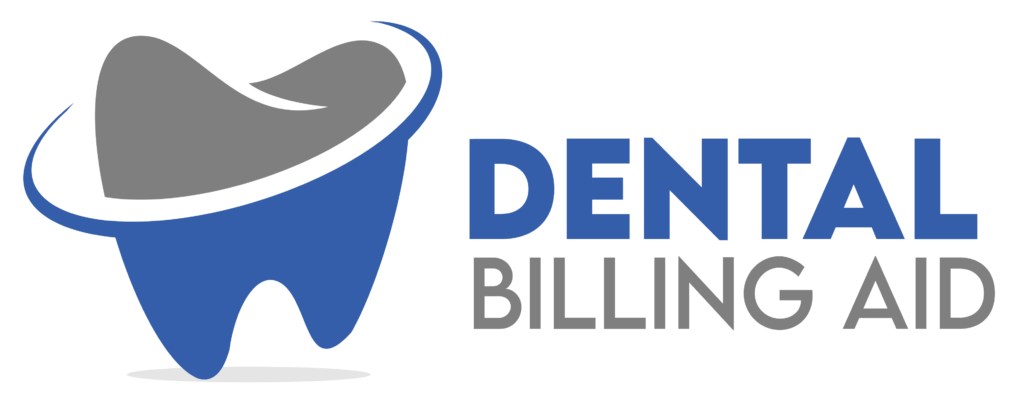
Standalone Dental Plans (SDPs) in dental billing refer to dental insurance plans that focus solely on providing coverage for dental services. These plans are separate from general health insurance plans and are designed to specifically cover various dental procedures, treatments, and preventive care. SDPs can be purchased independently or in addition to a health insurance plan that doesn’t include dental coverage.
In the context of dental billing, when a patient has a standalone dental plan, the billing process generally involves the following steps:
Verification of Insurance Coverage: The dental office will verify the patient’s insurance coverage to determine the specifics of their dental plan. This includes confirming the type of plan, coverage limits, deductible amounts, co-payments, and any other relevant information.
Treatment Plan and Predetermination: Before undergoing any major dental procedures, the dental office might create a treatment plan outlining the recommended treatments and their associated costs. For certain procedures, they might also submit a predetermination request to the insurance provider. This process helps both the patient and the dental office understand how much the insurance plan will cover and how much the patient will be responsible for.
Billing Submission: Once the treatment is completed, the dental office will submit a claim to the insurance company for the services provided. The claim includes details about the procedures performed, diagnosis codes, and procedure codes (using the Current Procedural Terminology – CPT codes and International Classification of Diseases – ICD codes).
Claim Processing: The insurance company reviews the submitted claim to determine how much of the treatment costs are covered based on the terms of the dental plan. They calculate the coverage according to the plan’s benefits, deductibles, and any applicable co-payments or co-insurance.
Explanation of Benefits (EOB): The insurance company sends an Explanation of Benefits (EOB) to the patient and the dental office. The EOB outlines the treatments covered, the amounts paid by the insurance, any deductions or adjustments, and the patient’s financial responsibility.
Patient Responsibility: If the patient has any out-of-pocket expenses, such as deductibles, co-payments, or costs beyond the covered treatments, they will receive a bill from the dental office for the remaining balance.
Payment and Follow-Up: The patient pays their portion of the bill directly to the dental office. The dental office might also follow up with the insurance company if there are any discrepancies or delays in payment.
It’s important for dental practitioners and patients to be familiar with the specifics of the standalone dental plan, including covered procedures, limitations, and the claims process. This can help ensure a smoother billing process and minimize surprises related to coverage and costs
